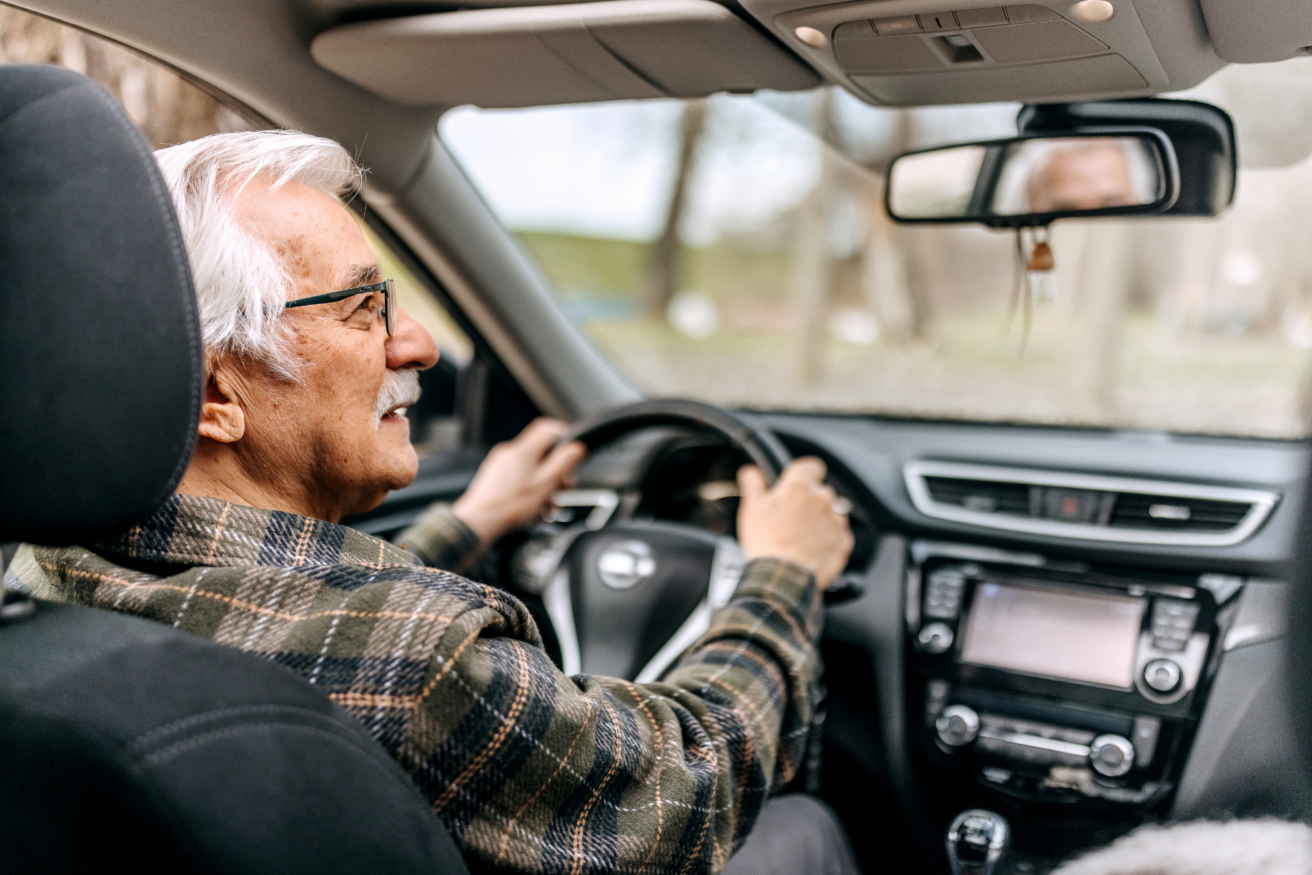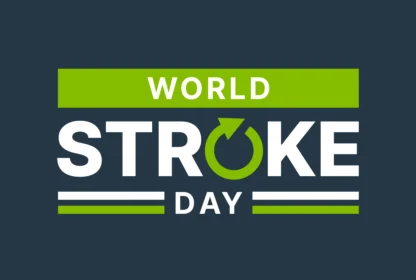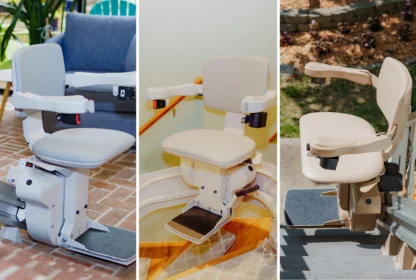Mobility, Independence and Driving: A Look at the Future of Aging Drivers

According to the National Transportation Safety Board, the number of adults aged 65 and over is expected to double over the next 30 years. By 2015, 1 in 5 adults will be aged 65 or over. With so many Americans reaching retirement, the NTSB is taking an unprecedented look at the aging driver and mobility. Their goal is to look at policies that might assist aging drivers as their time behind the wheel is limited and as public transportation may replace driving as the primary form of transportation for these Americans.
Today’s Baby Boomers have grown up with and are passionate about their cars. Most live in suburban or low-density areas that require them to have personal transportation to get around and where public transportation may or may not be available. For today’s Baby Boomer, personal transportation is an important part of their identity. It allows them to age in place and remains independent for as long as possible.
However, with aging often comes deteriorating health. Joseph Coughlin, of the Massachusetts Institute of Technology’s Agelab, has identified what he describes as the “mobility gap.” The mobility gap is the time during which aging adults outlive their physical driving capabilities. It is during this mobility gap that the need for transportation assistance becomes essential. Today’s public transportation infrastructure is often not designed to meet the needs of aging Americans. Without public transportation, aging adults are forced to rely on loved ones, friends, or a driving service to assist them in getting to the store, doctor appointments, or social functions.
Communities need to address these issues as their citizens age. Helping people to drive safely later in their lives is one way that communities can assist aging drivers. As a whole, communities, states, and the federal government may need to re-evaluate access to public transportation adjusting it to meet the needs of the aging population.


